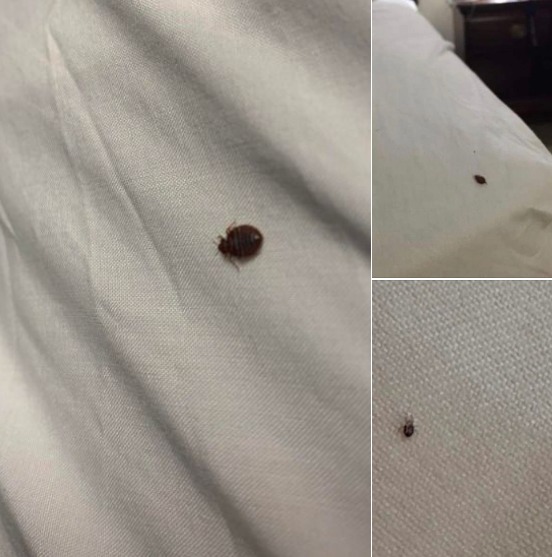Found a Tick in Your House? Here’s Exactly What to Do

While I can deal with spiders and even the occasional snake, there’s one bug I just can’t handle — ticks. They’re more than just creepy; they’re downright dangerous.
Ticks aren’t just annoying little hitchhikers. They can carry serious diseases like Lyme disease and Rocky Mountain spotted fever. And yes — they can absolutely make their way into your home, especially if you have pets or live in a wooded area.
So what should you do if you find one indoors? Here’s a step-by-step guide to protect your household:
Step 1: Identify and Contain
First things first — try to figure out what type of tick you’re dealing with. Black-legged ticks, dog ticks, and brown dog ticks are the most common offenders.
Found it in a specific room or area? Block it off from pets and kids until you’ve fully cleaned and treated the space.
Step 2: Protect Yourself
Before you even touch it, suit up. Wear gloves, long sleeves, and avoid skin contact. Ticks are sneaky and will latch on if given the chance.
Step 3: Deep Clean the Area
Wash anything the tick might have crawled on — bedding, clothes, towels — using high heat.
Next, vacuum the area thoroughly. Focus on baseboards, carpet edges, and dark corners where ticks like to hide.
Step 4: Remove the Tick the Right Way
If the tick is attached to skin, use fine-tipped tweezers to grasp it as close to the skin as possible. Pull upward slowly and steadily — no twisting or yanking.
Once it’s out, disinfect the area with rubbing alcohol or soap and water.
Dispose of the tick by dropping it in alcohol or flushing it down the toilet. Don’t crush it with your fingers — it can still spread bacteria.
Step 5: Watch for Symptoms
Keep an eye on the bite. If you notice a rash, flu-like symptoms, fever, or joint pain in the days following, contact a healthcare provider — it could be a sign of a tick-borne illness.
Stay Safe and Tick-Free Even just one tick can pose a risk. If you’re finding them regularly, it’s a good idea to consult pest control professionals to inspect your home and yard.
If you found this helpful, share it with your friends and family — the more people know how to deal with ticks, the safer we all are.